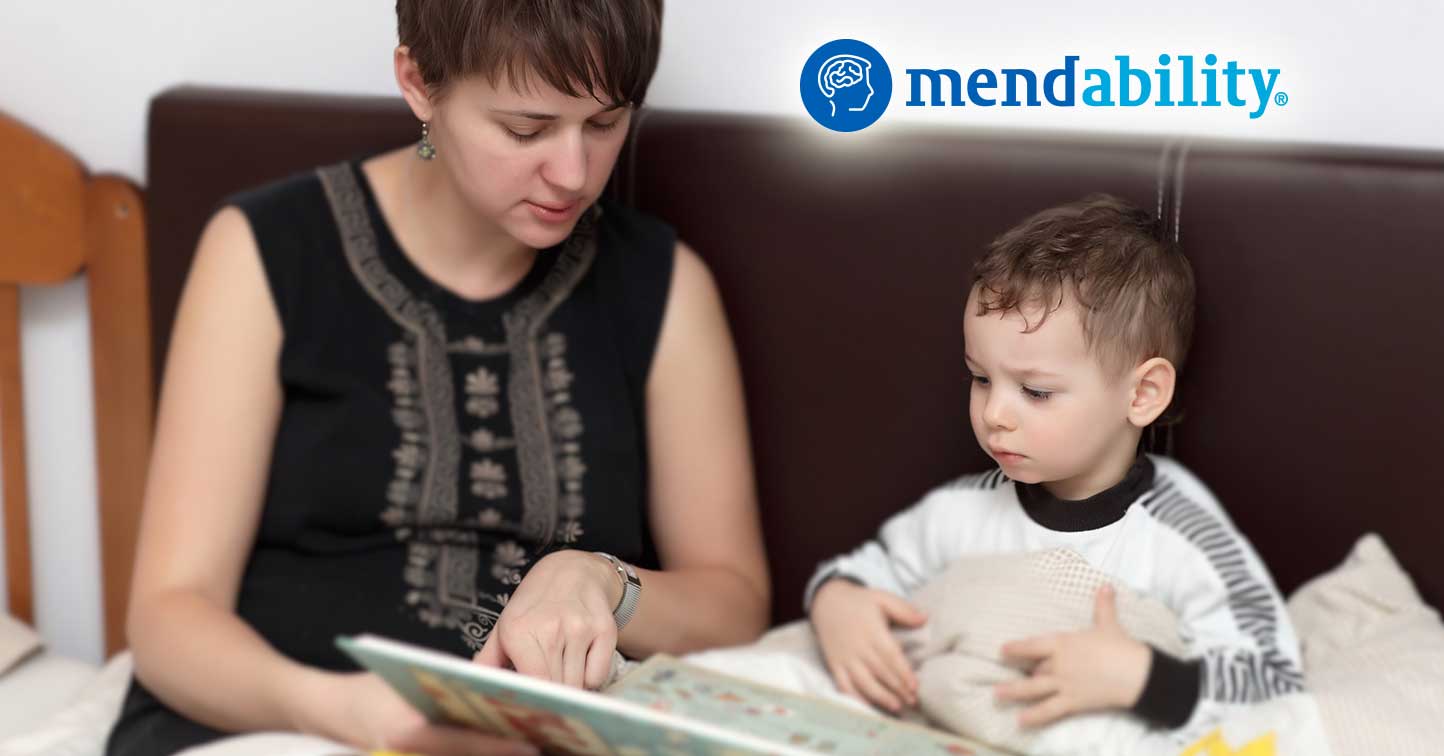It starts before birth
Research has shown that the fetus recognizes both parents’ voices and shows a preference for the mother’s voice. Growing inside the womb in a perfect sound room; the fetus learns and connects to the people who are close to him.
It has been possible to record stress responses in the fetus when strangers speak around the mother.
More findings provide evidence of fetal attention, memory, and learning of voices and language, indicating that newborn speech/language abilities have their origins before birth. They suggest that neural networks sensitive to properties of the mother’s voice and native-language speech are being formed in utero.
The fetus listens and retains complex language and while it has not been demonstrated how much is retained after birth, there is no reason to think that the connections for language development are lost.
Once the baby is born
Generally, once the baby is born, parents have limited verbalization to communicate with him or her. Love words and mixes of phonemes in a tone which only parents can pronounce seriously and feel very happy about, are often the limited language forms used to address the baby.
We know that in language learning, infants and babies are faced with the challenge of decomposing continuous speech into relevant meaningful words and sentences, and this is happening as their brains build connections to achieve those delicate processes.
The more exposure a baby has to real language, the easier the tasks become even before the child is able to speak.
Studies suggest that infants approach this segmentation of language problem by relying on prosodic information, especially on acoustically marked intonational phrase boundaries (IPBs).
In other words, the tone and the melody of speech play an important role in the processing and understanding of language.
In an experiment in which pitch variation, vowel lengthening, and pause cues were well defined, 5-month-old German infants showed a response matching the meaning: anticipation, attention, joyful sounds.
Infants and babies are sensitive to sentence internal pauses, a cue that is relevant for processing language.
How can this help an autistic person with their speech delay? Read to your nonverbal child.
From the many studies on language learning, we know that reading to a very young child prior to language, as well as reading to a nonverbal child with autism, plays a key role in the development of connections which will speed the process of the development of verbal communication.
As you sit comfortably, cuddling your baby or young child, or sitting close to your nonverbal loved one, ensure that no interruption will break the experience and disturb the atmosphere of the story. Turn off all noise-making devices. Consider isolating yourselves in a quiet room.
Choose books where the art is of high quality.
For extra engagement, consider acting out what you see. Play the role of the crocodile, the wolf or the mouse. Set a tone, act the part.
Babies and children on the spectrum have a limited attention span and your reading moment may not last more than a few minutes. It is still an important activity and the more you read, even for short amount of time, the more your child will learn and remember words, sentences structure and tone.
While it is sometimes difficult to sit for a “conversation” with your nonverbal child, reading an illustrated book facilitates the exchange of words and emotions which are essential to speech.
[av_hr class=’default’ height=’50’ shadow=’no-shadow’ position=’center’ custom_border=’av-border-thin’ custom_width=’50px’ custom_border_color=” custom_margin_top=’30px’ custom_margin_bottom=’30px’ icon_select=’yes’ custom_icon_color=” icon=’ue808′ font=’entypo-fontello’ av_uid=’av-7y2g9′ custom_class=” admin_preview_bg=”]
[av_promobox button=’yes’ label=’Give it a try!’ link=’page,2339′ link_target=” color=’theme-color’ custom_bg=’#444444′ custom_font=’#ffffff’ size=’large’ label_display=” icon_select=’yes’ icon=’ue82b’ font=’entypo-fontello’ box_color=’custom’ box_custom_font=” box_custom_bg=’#def4fc’ box_custom_border=” av_uid=’av-jly8o0ce’ custom_class=” admin_preview_bg=”]
Is speech development an area of concern for you or your loved one?
Sensory Enrichment Therapy™ helps develop spontaneous and natural speech development by boosting brain development in these areas.
[/av_promobox]
[av_hr class=’invisible’ height=’-50′ shadow=’no-shadow’ position=’center’ custom_border=’av-border-thin’ custom_width=’50px’ custom_border_color=” custom_margin_top=’30px’ custom_margin_bottom=’30px’ icon_select=’yes’ custom_icon_color=” icon=’ue808′ font=’entypo-fontello’ av_uid=’av-jly8rlxm’ custom_class=” admin_preview_bg=”]
[av_textblock size=’14’ font_color=” color=” av-medium-font-size=” av-small-font-size=” av-mini-font-size=” av_uid=’av-jly8d2po’ custom_class=” admin_preview_bg=”]
Join 3,000 families in over 60 countries who have used Sensory Enrichment Therapy™ to help boost brain development in their own homes.
[/av_textblock]
References
- Dev Psychobiol. 2014 Jan;56(1):1-11. doi: 10.1002/dev.21084. Epub 2013 Jul 2.
Fetuses respond to father’s voice but prefer mother’s voice after birth.
Lee GY, Kisilevsky BS. - Dev Psychobiol. 2007 Jul;49(5):543-7.
Estimated cardiac vagal tone predicts fetal responses to mother’s and stranger’s voices.
Smith LS, Dmochowski PA, Muir DW, Kisilevsky BS. - Infant Behav Dev. 2009 Jan;32(1):59-71. doi: 10.1016/j.infbeh.2008.10.002. Epub 2008 Dec 5.
Fetal sensitivity to properties of maternal speech and language.
Kisilevsky BS, Hains SM, Brown CA, Lee CT, Cowperthwaite B, Stutzman SS, Swansburg ML, Lee K, Xie X, Huang H, Ye HH, Zhang K, Wang Z. - Neuron. 2010 Mar 25;65(6):733-5. doi: 10.1016/j.neuron.2010.03.018.
Before speech: cerebral voice processing in infants.
Belin P, Grosbras MH.


Okay